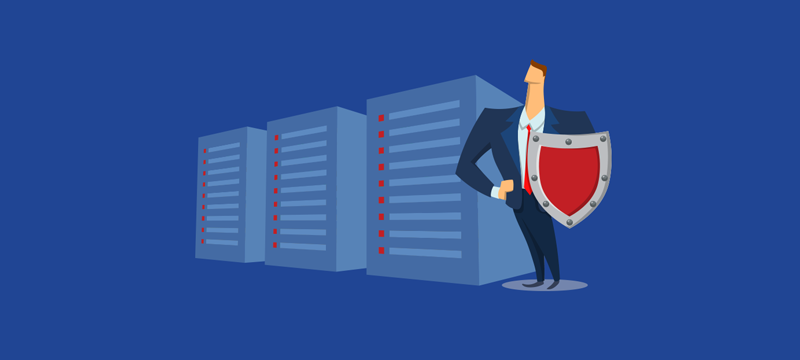Website security is vital for your business, protecting your company against the increasing threat of hacking, infection, ransomware and data theft and the calamitous consequences which ultimately follow. To secure your website, you need to know what the different threats are and how to defend against them. In this post, we’ll look at the major threats and the best ways to ramp up your security.
- Use the latest software updates
Keeping all your software up to date is crucial to ensure website security. This includes your server’s operating system, core platform software, such as WordPress, and any plugins or add-ons you use. The reason for this is that hackers deliberately seek out websites that use older software versions with known vulnerabilities. Once they find them, they’ll make efforts to break in.
The most effective and quickest way to remove these security holes is to set up automatic updates. Those with a managed hosting solution will find this is done for the operating system, but you can also use your control panel or other software to ensure any other updates are applied as soon as they are made available. - Guard against SQL injection
These pernicious attacks on your database are carried out by an attacker inputting malicious code into a form field or URL parameter to gain access to your database. Doing this enables them to change database tables, steal information and delete your data.
While SQL injection can be protected against by using parameterised queries, the simplest method of defence is to opt for a web host that monitors and blocks these forms of attack before they inflict serious damage. - Defend against cross-site scripting
Cross-site scripting or XSS attacks are carried out by injecting malicious JavaScript into your web pages – something that is mainly done through user-generated content. Once this has happened, the script is then able to run in your visitors’ browsers and can be used to modify the website’s content, take control of user accounts or steal data.
To protect your site against XSS attacks, you need to block the ability to inject active JavaScript into your web pages. There are various third-party tools and plugins, Securi for WordPress, for example, that you can use to prevent this; however, you’ll also find that many web hosts will have server security in place that protects against it. - Limit information in your error messages
If there is an error on your website and it automatically produces an error message to a user, the information contained in the message can help a hacker to breach your security. For example, it is possible that some error messages contain exception details, passwords or API keys which hackers can exploit. - Improve password management
Poor password management provides hackers with one of the easiest ways to break into websites. Cybercriminals can easily discover weak passwords using their sophisticated hacking tools and the increase in phishing attacks means more websites are falling prey to employees inadvertently giving away their login details. Using password protection software that encrypts passwords and requires other forms of authentication, such as sending a passcode to a mobile phone, can massively enhance password security. Many website platforms, particularly CMS, now come with secure user management built in. - Stop malicious file uploads
Many websites allow their users to upload files, such as profile images, to the server. However, if these are infected it could cause a major security issue if the malicious script is executed. What makes this problematic is that you cannot check if it’s an infected file just from looking at the file type. The best solution is not to accept uploads at all, however, if it is necessary, then store the files outside of the Webroot. Most web hosts can help you put the right set up in place to do this. - Install an SSL certificate
SSL certificates will change your website protocol from HTTP to the much more secure HTTPS. This is done through encryption which guarantees users are communicating with the correct server and prevents data being stolen in transit. This is why SSL certificates are required for eCommerce transactions and to gain the much-valued, secure, green padlock icon displayed next to your URL on browsers. - Opt for secure hosting
Your web host is one of your key allies in the war against cybercriminals and a good service provider will have an arsenal of effective tools and security policies in place to help keep your site protected. Important considerations include the firewall that your host uses. Next-gen firewalls, such as FortiGate, offer exceptional protection for your web applications, defending against intrusion, DDoS attacks and malware, such as viruses, Trojans and ransomware. Other considerations include remote backups, spam filtering, email threat defence and SSL certificates.
Conclusion
60% of companies who fall victim to a serious security breach go out of business within six months. Even if they survive, there could be considerable costs to cover losses, restore trust and pay fines. The best way to prevent these things happening is to make sure you are aware of all the possible ways you can be attacked and put measures into place to secure your site against them. Hopefully, this post will have helped you with this.
If you are looking for a host that puts security at the core of its operations and provides a wide range of security tools and features, visit our home page to see our range of hosting solutions.

